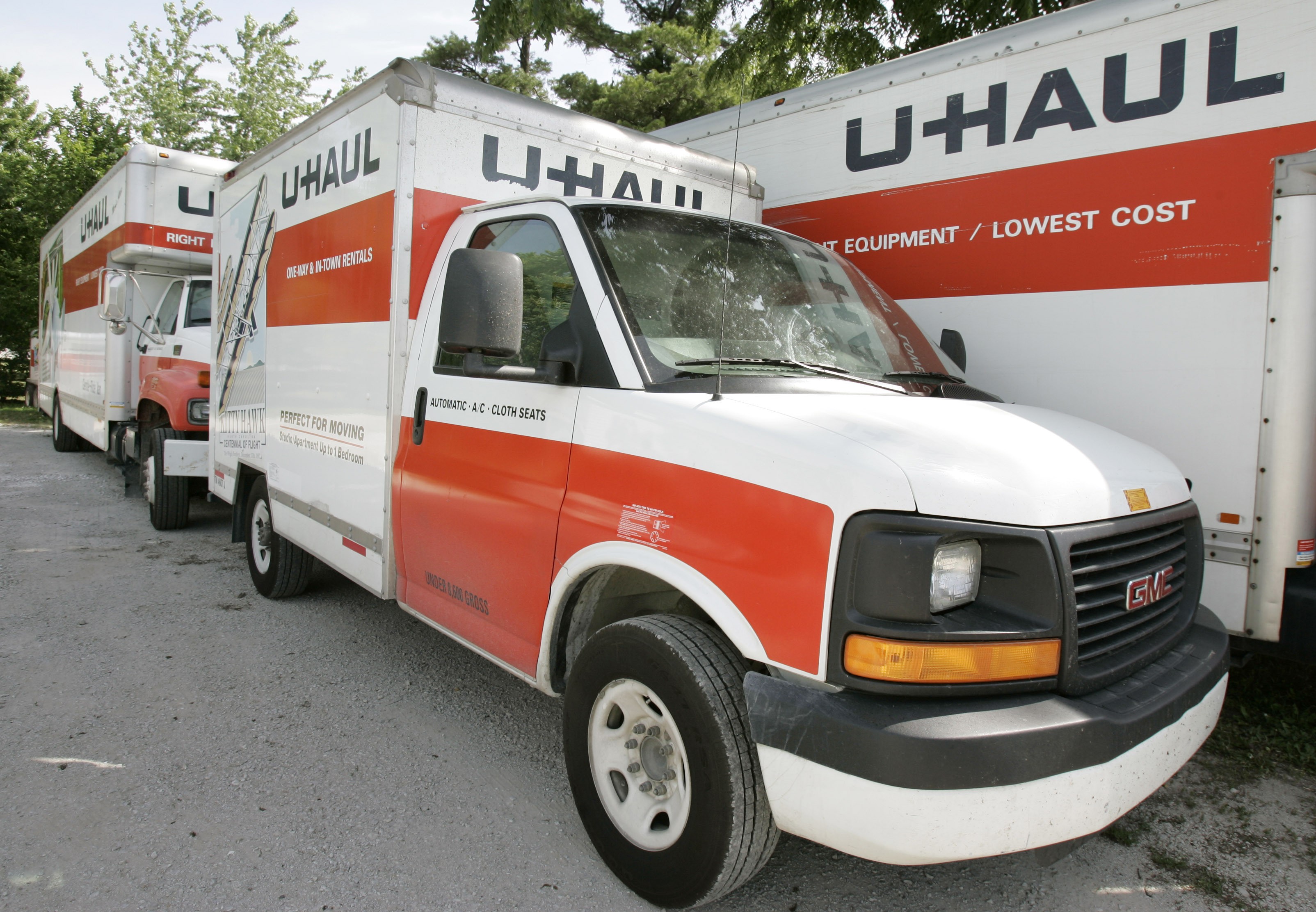Hailstorms can cause significant damage to vehicles, leading to costly repairs. Texas, for example, often experiences severe hail seasons, ranking high in hail damage claims. If you lack a garage or carport, protecting your car from hail might seem challenging. However, there are several do-it-yourself (DIY) methods you can use to shield your vehicle and minimize potential damage. This guide explores some of the most effective and affordable ways to protect your car from hail.
One readily available solution involves using moving blankets. These thick polyester blankets, typically used for furniture protection during moves, can effectively cushion your car against hail. Automotive enthusiasts online forums often recommend this method as a practical approach to hail damage prevention. To implement this, simply drape several moving blankets over your car, ensuring complete coverage of vulnerable areas like the hood, roof, and windshield. For enhanced protection, consider placing cardboard pieces beneath the blankets, adding an extra layer of padding. Secure the blankets with heavy objects to prevent them from being blown away by wind gusts during a storm. While inexpensive moving blankets are available, investing in thicker, higher-quality ones can offer superior protection. Alternatively, in a pinch, even thick household blankets can provide a degree of shielding, though consider their potential exposure to the elements.
Cardboard boxes present another budget-friendly option for hail protection. If you don’t have moving blankets on hand, flattened cardboard boxes can act as a protective barrier. Break down cardboard boxes and lay them flat over your car’s surfaces. Using multiple layers will increase the level of protection. Similar to blankets, secure the cardboard with heavy items to keep them in place. While cardboard may become damp in wet conditions, its thickness provides reasonable impact resistance against hail, making it a useful temporary solution.
For targeted protection, particularly for sunroofs or vulnerable sections, bags of potting soil can be surprisingly effective. As demonstrated by Georgetown resident Julie Ward, placing bags of potting soil on car roofs can absorb hail impact. The weight and density of the bags help to cushion against hail stones, preventing damage to sensitive areas like sunroofs. These bags are relatively inexpensive and widely available at gardening supply stores, making them an accessible option for localized hail protection.
In the unfortunate event that your car does sustain hail damage, comprehensive car insurance typically covers the costs of repair. This coverage generally extends to body damage, windshields, and interior damage caused by hail. However, it’s important to note that filing multiple claims can potentially affect your insurance premiums over time. Always consult with your insurance provider to understand your specific coverage and potential claim implications.
Being proactive and prepared is key to mitigating hail damage. Stay informed about weather forecasts and hail warnings in your area, especially during hail season. Utilizing these DIY methods can provide a valuable layer of defense for your vehicle when garage parking isn’t an option, helping to minimize damage and avoid costly repairs.
